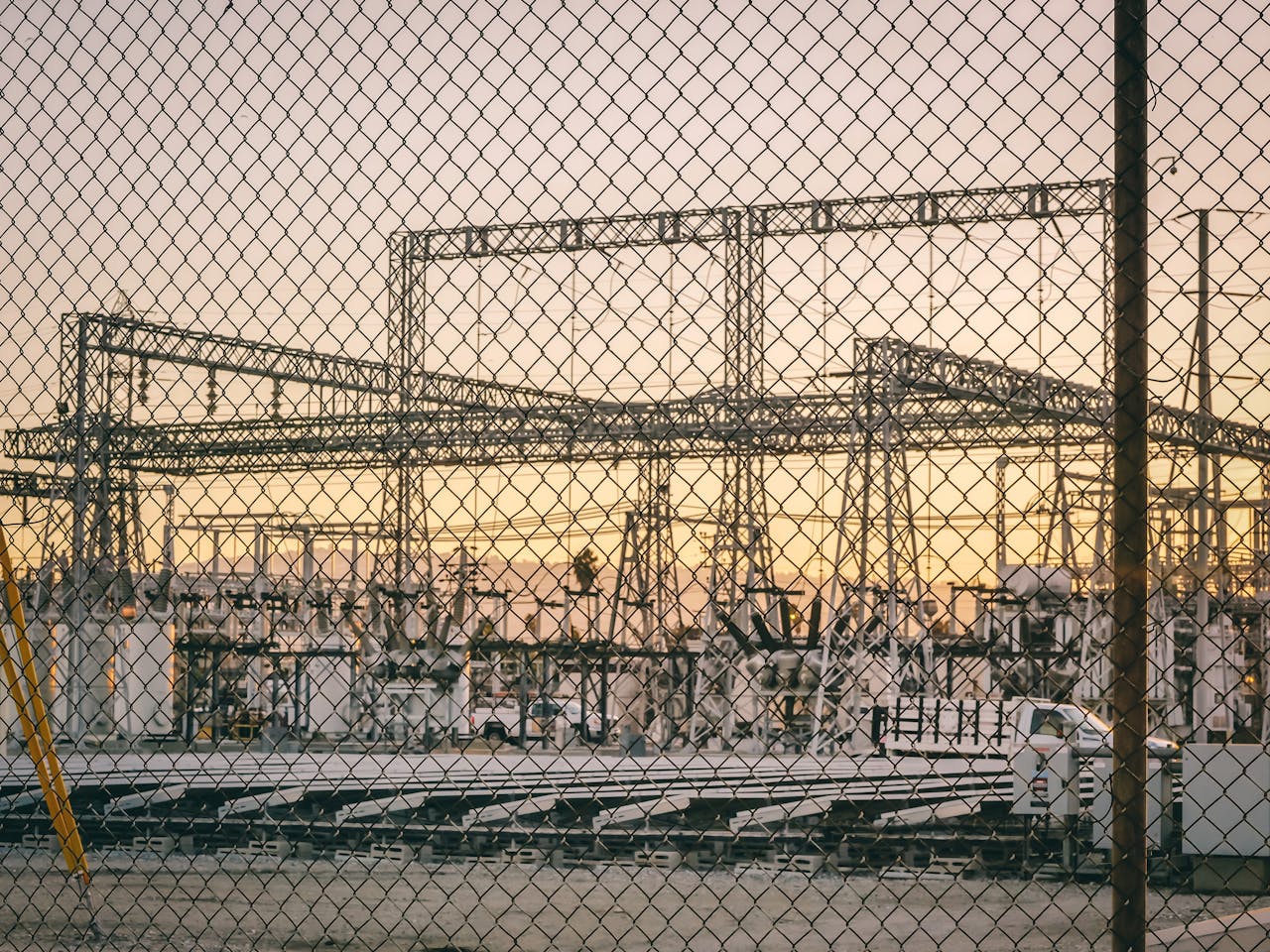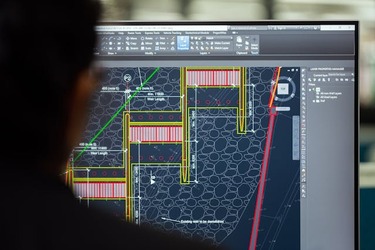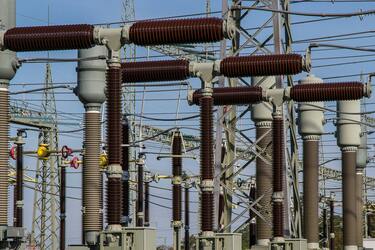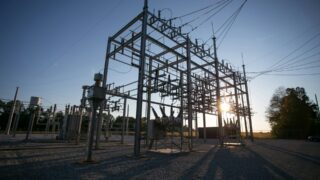Design high-fidelity, fully compliant preliminary substation designs in minutes
Save 100+ Hours Per Project with Substation Design Automation
Request A Consultation Today!


Simplify and Enhance Your Substation Design Process
Substation design engineers and project managers often face challenges with time-consuming tasks and the need for precise coordination across disciplines. Traditional design methods can lead to inefficiencies, costly errors, and extensive revisions.
The Transcend Design Generator offers an innovative solution to streamline your workflows and improve accuracy, helping you achieve smoother and more efficient design projects. Let’s connect and discuss how this software can benefit your next substation design project.
Meet Transcend Design Generator
The Transcend Design Generator (TDG) is engineered to revolutionize how you approach electrical substation design. TDG addresses the challenges of traditional design methods head-on. Here’s how our product can transform your design process:

Efficient Design Tools
Our software packs a punch with intuitive design tools that make your workflow smoother and more efficient. With TDG, you can whip up detailed CAD and BIM models, engineering reports, and equipment lists with ease; allowing you time to focus on what really matters – keeping clients happy.

Accurate Equipment Selection
How Transcend Design Generator Works
Ready To Revolutionize Your Electrical Substation Design?
Don’t let outdated design methods hold you back any longer! Enjoy increased efficiency, accuracy, and reduced costs – giving you more time to innovate and make your mark in the industry.
Request a consultation with a Transcend expert today and see how we can take your design projects to the next level.

Create Preliminary Designs for Drinking Water Facilities with TDG
The Drinking Water TDG module quickly creates preliminary designs for a variety of facility types throughout the distribution system including well sites, booster stations, and tank sites with several disinfection options available for each facility type.
Latest articles
Transcend believes each team member brings a unique viewpoint on what we do and how we do it. Read about Transcend through the eyes of some of our team members by clicking the links below.

Caesb and Transcend Collaborate to Bring Advanced Generative Design to Sanitation Infrastructure in Brazil
Transcend’s generative design platform will support Caesb’s modernization efforts and accelerate sustainable wastewater projects in the region Brasília, Brazil –…

Unlock Enhanced Design Precision in Substation Projects with Our New “Spaces and Clearances Inputs” Feature
We continuously strive to empower engineers with software that refines and enhances the accuracy of their designs. Today, we’re excited…

De-Risking Infrastructure Planning With Better Design Data
Digital transformation in the infrastructure sector isn’t failing because of a lack of automation. It’s failing because we’re accelerating bad…


 WWTP Design
WWTP Design  Substation Design
Substation Design  Utility Interconnection Hub
Utility Interconnection Hub  White Label Proposal Generator
White Label Proposal Generator  PFAS Feasibility Study
PFAS Feasibility Study  Booster Station Design
Booster Station Design  Value Discovery Program
Value Discovery Program